The bikes which you see on our website were assembled with components, accessories and wheels available at the time of the build and to the preferences and specification of the customer and for that reason we show indicative prices. These components and wheels (and their respective prices) tend to change with each new model year. For current prices for your bike build, please contact us so that we can advise you about current component and wheel availability and prices.
The frame prices shown on our website are basic prices for a frame and fork, custom painted in a single colour. Because each of our custom frames is a unique creation to customer specification, please note that there may be an additional charge for special graphics, airbrushing, metallic paint, extra colours, etc. Please contact us if you would like a quotation for a specific design, finish or colour combination.
This will depend mainly on the frame material. Cro-Mo and aluminium frames normally require 40 working days. Fillet brazed and carbon frames require longer – normally around 60 working days.
Our custom bikes are made-to-measure just for you, depending on your specific fit requirements and intended use. It is not necessary for you to visit us personally to make your order. A visit to a BikeFitting station anywhere in the world will enable you to be measured so that we can calculate your frame size and geometry from your body measurements. A custom bike meets the exact needs of a rider depending on their body proportions. For example, riders of the same height often have differences in leg, arm and torso length, flexibility and preferred riding position. Mass produced bikes in ‘stock’ sizes very often require some compromise by the rider in terms of component choices to find their ideal riding position. In extreme cases this results in a bike which is uncomfortable and doesn’t handle well. A competitive cyclist can spend many hours each day in training on their bike. A poor position can severely compromise comfort, aerodynamics and power, as well as causing pain and injury.
Many riders do require a custom size, and many more can benefit from one. We have 30 years experience of fitting the bike to the rider and believe that there is no better feeling than riding a bike that fits you perfectly.
Using the BikeFitting measurement system we can accurately measure you to produce a frame in the size and geometry tailor made to your physical characteristics and riding needs. With our own custom measurement jig we can then replicate this measurement to the millimeter and degree at the frame building stage. Top tube length, seat tube length and angle, head tube length and angle, stack, reach and everything other relevant measurement can be accurately re-produced in your finished frame to fit you perfectly.
Using the size and geometry of your existing frame we can build you a new one exactly the same. We can also advise on the most suitable frame material and whether we think your existing ride could be improved in any way.
No – we design every bike we make around its rider. Whether you are 45kg or 120kg we can build a bike to suit you.
Basically any slope you prefer, however there are limitations based on your proportions. We can build you a frame with a top tube slope (normally between 4 and 6 degrees) a level (traditional) top tube or a very compact bike if you prefer.
All of these materials when designed correctly can make a beautifully riding bike. Each material has its own inherent attributes in regards to ride quality, liveliness and stiffness. We can advise you which material would be best suited to your individual needs.
We have a vast array of colours at our disposal and, if you have a special request, we can normally your paint your custom frame exactly as you want it.
Butting is the process of making tubes thinner in the middle than they are at the ends. A butted tube is lighter than a comparable tube with consistent wall thickness (known as a straight-gauge tube). Butting can be used to make a frame lighter, or to aid frame compliance if done selectively and also lets us tune the feel of the frame by deciding exactly where the butts (the thicker sections of tube) begin and end.
